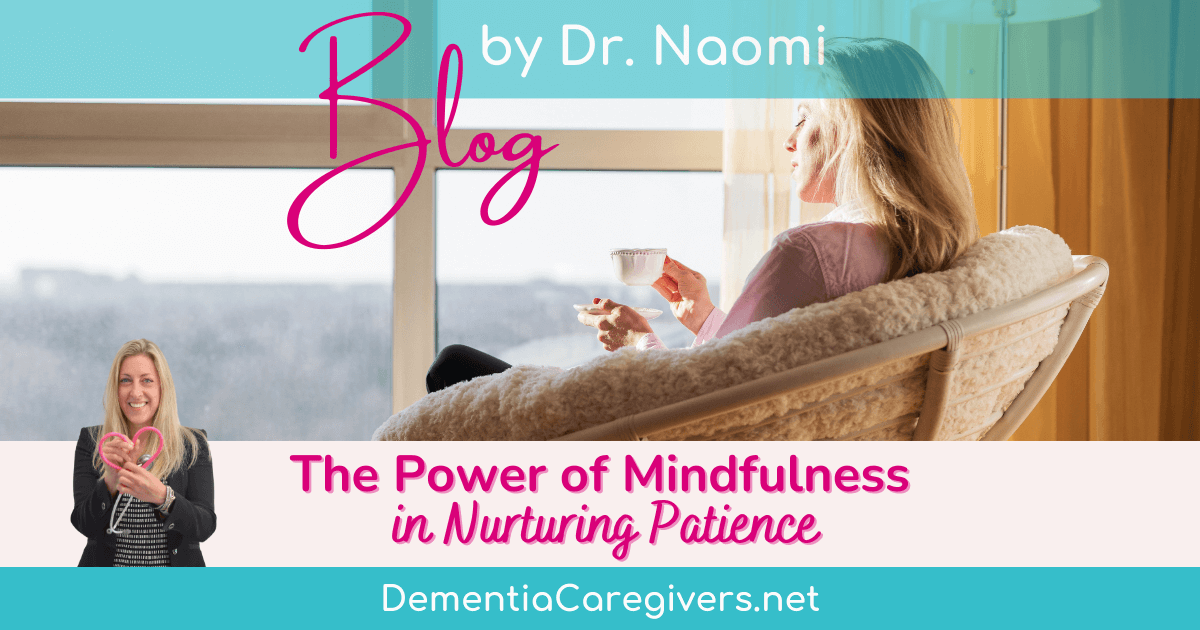
If you feel like you are drowning in your responsibilities, worries, and stress, you might be dealing with a bad case of overwhelm. This can seem like something everyone deals with, but it does affect your mental and physical health, which means you don’t have to just deal with it. Instead, there are ways to reduce your overwhelm, starting with mindfulness.
You might have heard of mindfulness before. It can sound intimidating but is nothing more than living and thinking in the present and helping your mindset to reflect that. Mindfulness has many benefits, including helping to reduce stress and overwhelm and become more patience.
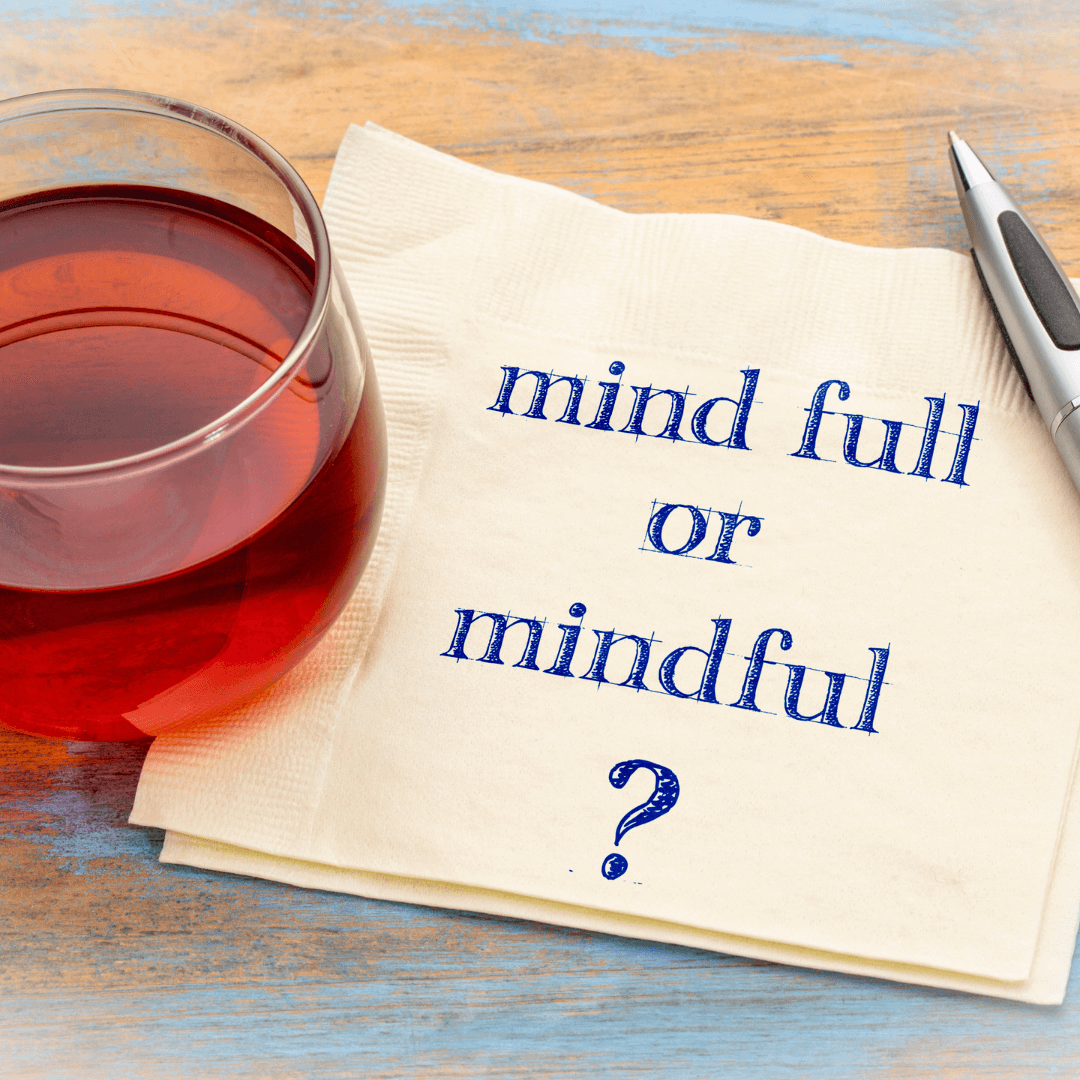
What is mindfulness?
Mindfulness is a hot topic lately, especially when discussing personal development, mental health, and reducing stress. Mindfulness is wonderful for so many areas of stress, including overwhelm and burnout.
So, what is mindfulness? It is a state of being more aware of your thoughts and intentions, finding a place of acceptance, and living in the presence. There is a lot to mindfulness, but this is the basic definition of what being mindful means.
Mindfulness teaches you to pause, breathe, and acknowledge your feelings. By doing so, you create space between a triggering event and your response. This pause allows you to respond with patience and compassion rather than reacting impulsively.

Living in the present
The first part of mindfulness is living in the present, which can help a lot if you have been overwhelmed lately by stress in your life. When you get overwhelmed, focusing on the most important can be hard. You tend to have so much going on in your brain at all times that it feels hopeless and like you will never be able to manage it all.
This is where mindfulness comes in. Mindfulness allows you to live in the present, where you are only focused on this very moment. What is important right now? Not in a week or a month, or a year. Not worrying about what already has happened. JUST focus on RIGHT NOW. This can help you organise your thoughts and find your priorities.
Mindful exercises & techniques
Mindfulness can be a very simple process, depending on what you need it for and the situation where you are trying to be mindful. The basic technique just involves being present, sometimes writing down what you are doing, thinking, and feeling in that moment. For example, if you are trying to be more mindful during your meals, you can get out your journal and really be detailed about how you feel eating these foods. Are they nourishing you? Do you enjoy them? Are you happy with your choices? This can be an excellent tool for intuitive eating as well.
Some different exercises can help you with mindfulness if you are new to it, or struggling to stay in that present state. Here are some good exercises to start with:
Body scan
The first technique is used not only for mindfulness but also for meditation. This is a body scan exercise where you are going to mentally scan each part of your body, one section at a time. This allows you to be more mindful by focusing on how each part of your body feels in that moment but can also get you into a relaxed, meditative state.
Instead of thinking about what is worrying you at the moment, you instead think about parts of your body, like your scalp, ears, chest, stomach, arms, legs, hands, or feet. Go through each body part one at a time, really focusing on it.

Breathing
You can also try a breathing exercise with mindfulness. For this, just the action of practising your breathing gets you into a meditative, mindful state. You will be thinking about your breathing right at this moment and not worrying too much about the past or the future. Breathing exercises are simple – just sit in a quiet space where you won’t be interrupted. Inhale deeply, then exhale. Each time you inhale and exhale, try to hold it for several seconds and relax your mind and body as you do this.
Use your senses
The last mindful exercise you can try out is where you try to use all of your senses at this moment. For example, what do you smell? Do you feel anything near you? If you’re eating or drinking, what do you taste? Use all 5 of your senses for this practice.
I love to do this exercise by lying down. Then ask myself the questions:
- what do I hear?
- what do I see? Even when my eyes are closed.
- what do I smell?
- what do I taste?
- what do I feel?
Then I try to use and listen to all the five senses at once. Can you do that?

Practice makes patience
In your caregiving journey, remember that patience is not something you either have or don't have; it's a quality you can nurture and strengthen. Mindfulness is a powerful tool that can aid you in this endeavour, allowing you to provide the best care possible to your loved one while preserving your own well-being.
So, why not embark on this mindfulness journey? By nurturing patience through mindfulness, you're not just benefiting yourself, but you're also enriching the quality of care you provide to your loved one with dementia.
Stay patient and stay mindful! 🌼
Love what you read here? Subscribe for updates! Add me to the list!



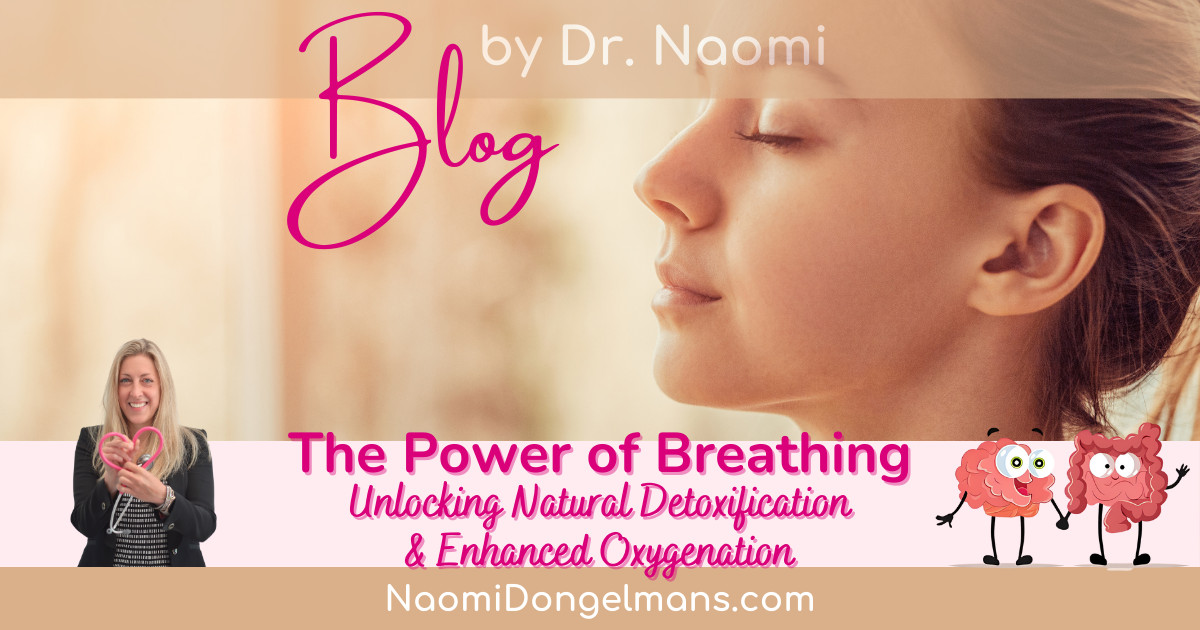


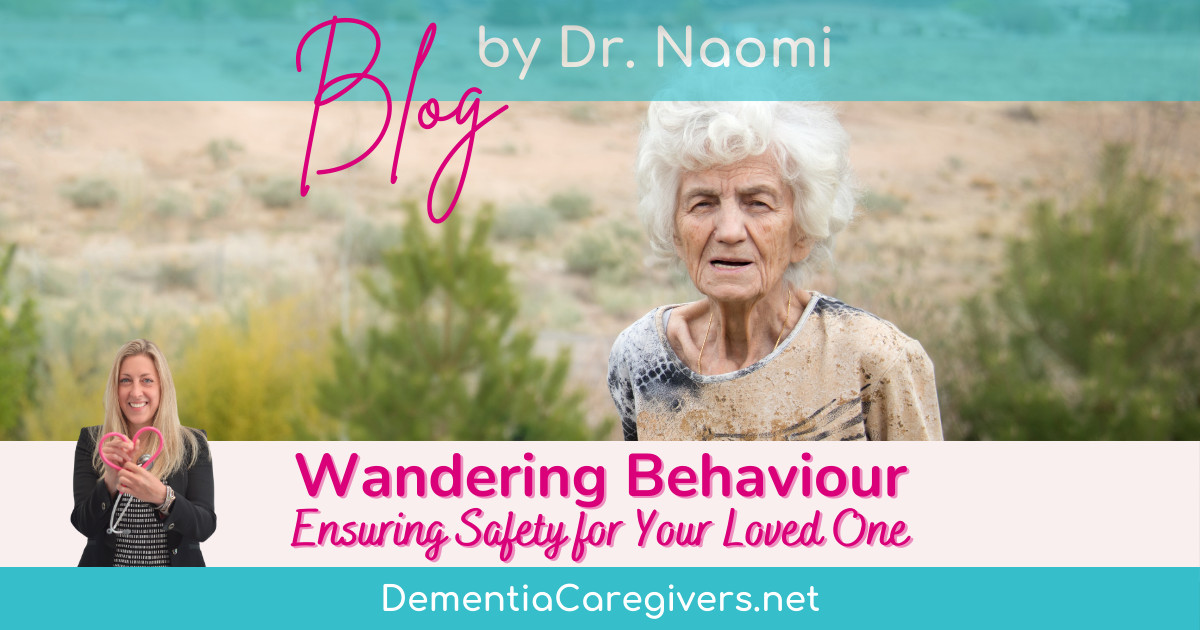

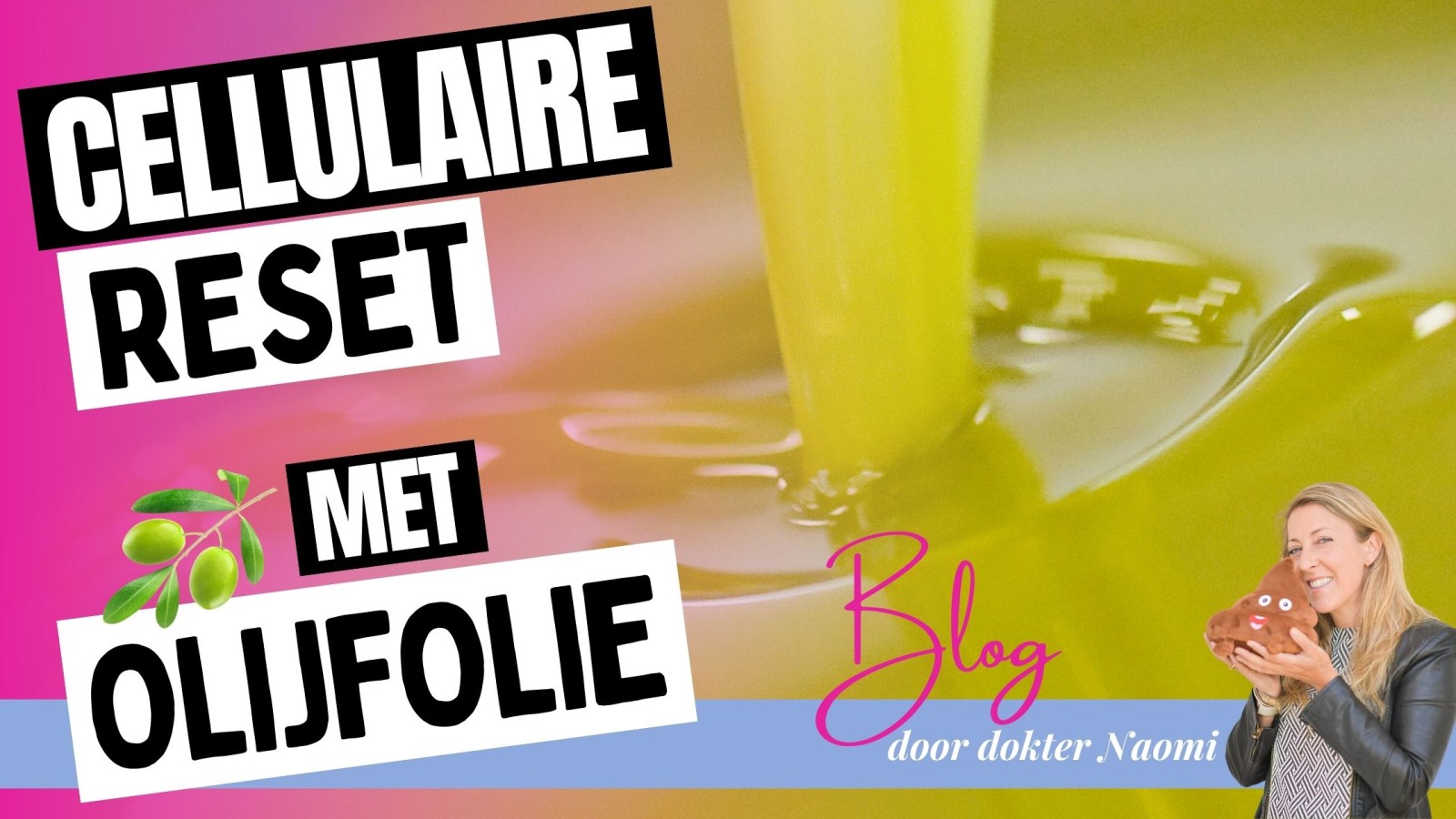




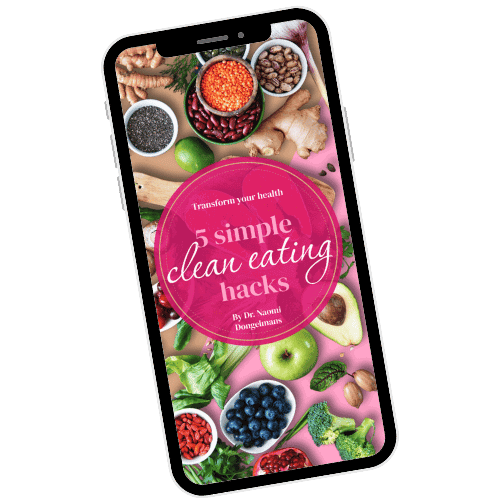






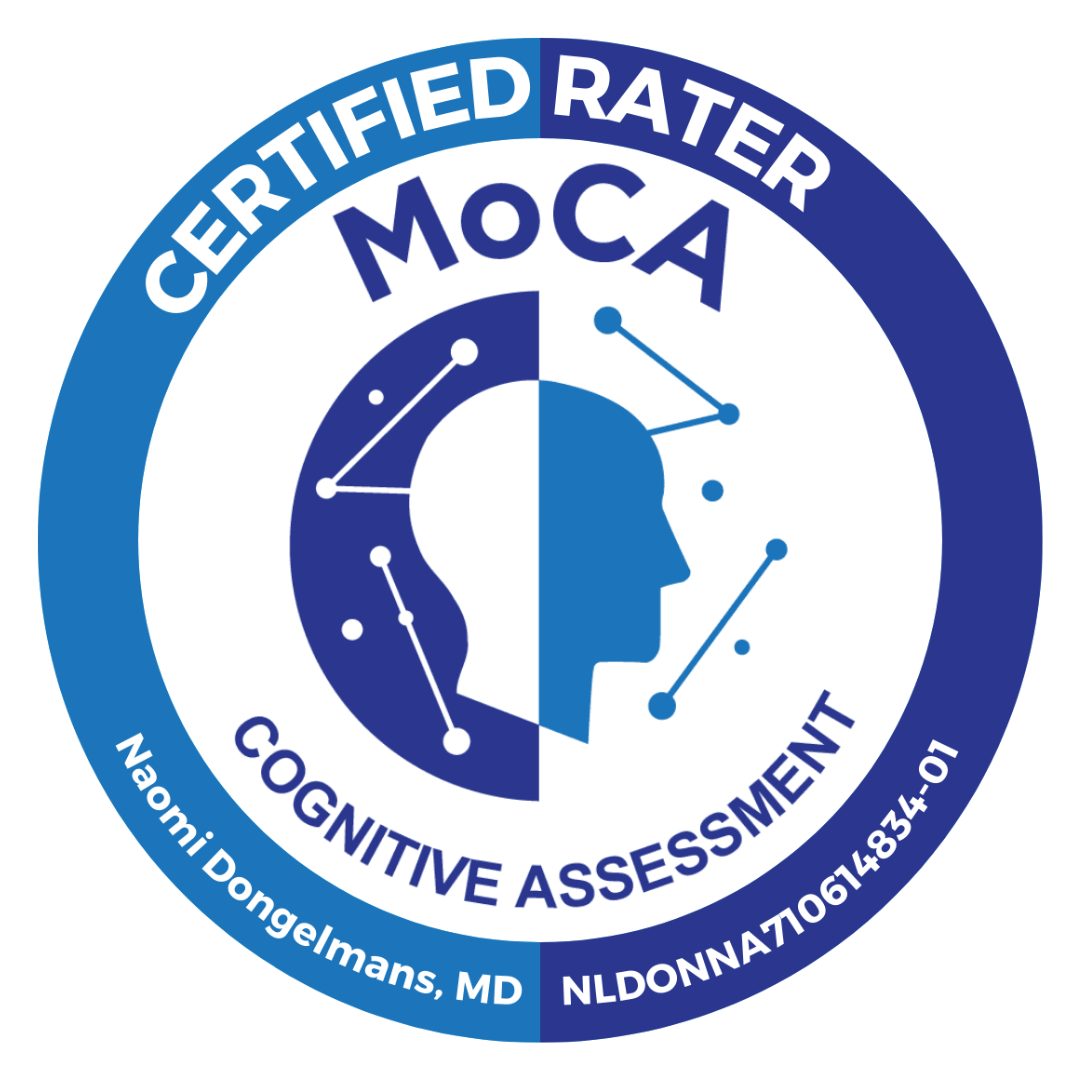





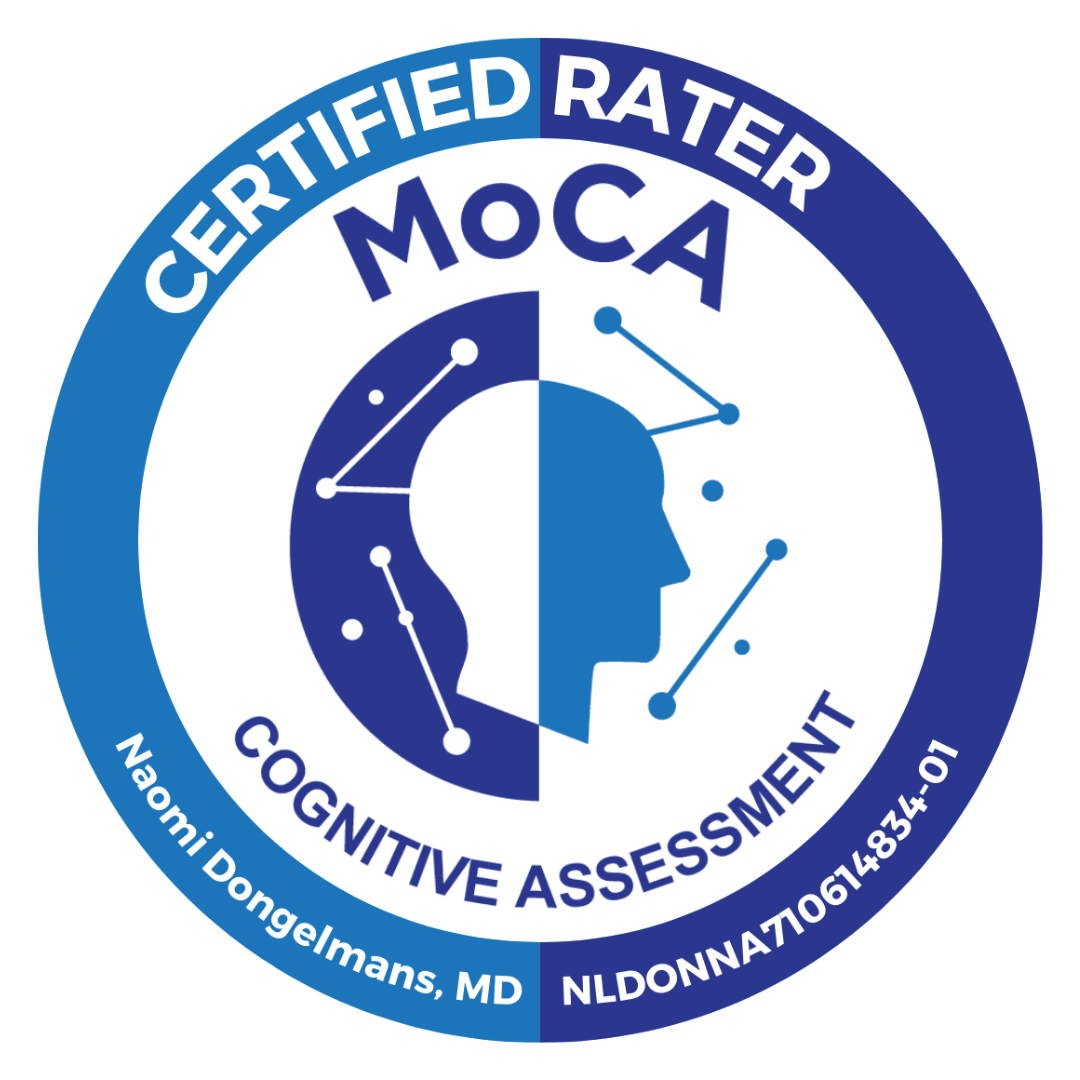

0 Comments